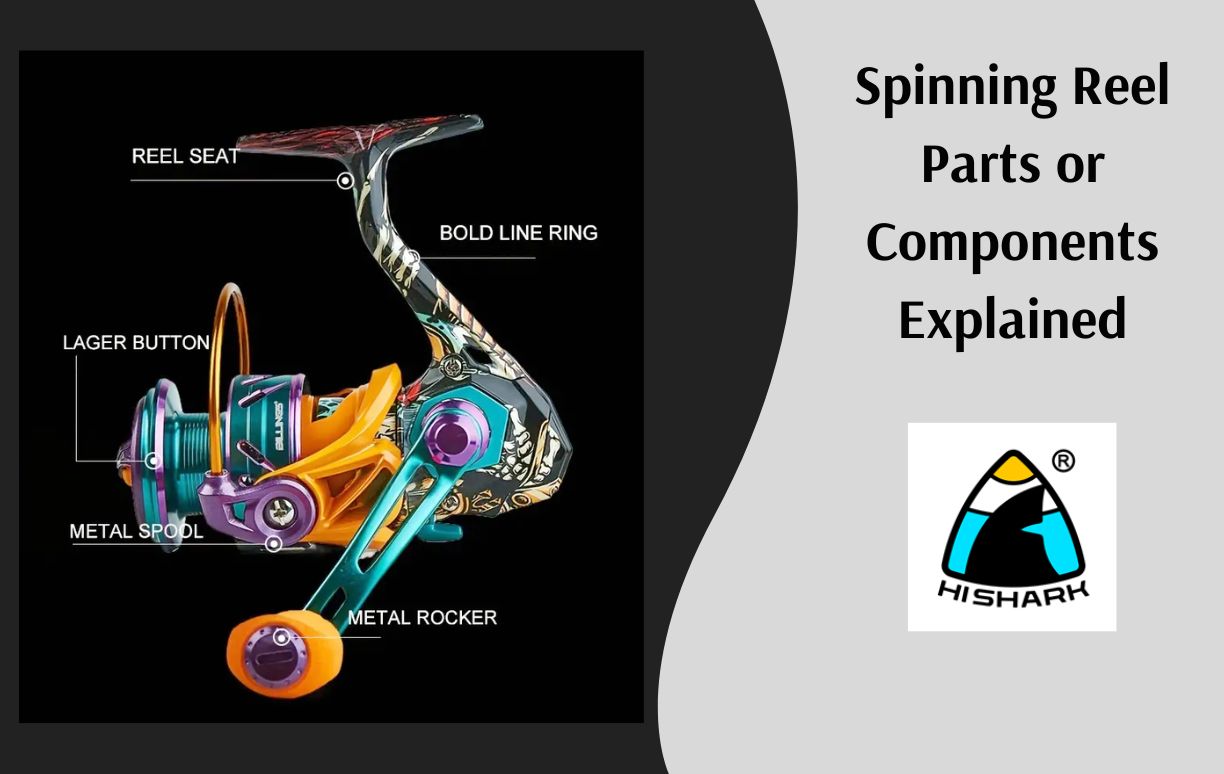
What are beautiful fishing reels? Lets get answers.
Fishing reels are essential tools for any angler, offering precision and control in the pursuit of fish. Designed to store, deploy, and retrieve fishing line, they come in various types, including spinning reels, baitcasting reels, and fly reels.
Spinning reels are versatile and user-friendly, making them ideal for beginners and experienced anglers alike.
Baitcasting reels provide greater casting accuracy and control, suited for targeting larger fish species.
Fly reels, on the other hand, are specifically designed for fly fishing, offering smooth drag systems for battling strong fish.
When selecting a reel, consider factors such as gear ratio, drag system, and line capacity. High-quality reels from top brands like Shimano, Penn, and Abu Garcia ensure durability and performance, enhancing your fishing experience. Regular maintenance, including cleaning and lubrication, extends the lifespan of your reel, ensuring it performs optimally season after season.
Whether you’re fishing in freshwater or saltwater, choosing the right reel can significantly impact your success on the water. Invest in a reliable reel to enjoy smooth casts, efficient retrieves, and ultimately, a more rewarding fishing adventure.
Introduction to Fishing Reels
Reels, mechanical devices attached to fishing rods, deploy and retrieve fishing lines. Available in various types and sizes, they enhance an angler’s fishing abilities. Originally simple hand-operated spools, reels have evolved into sophisticated machines with advanced drag systems and casting controls, making fishing more efficient and enjoyable.
Types of Fishing Reels
- Spinning reels, commonly referred to as open-faced reels, top the list as the most popular and versatile type of fishing reel. They are characterized by a fixed spool positioned below the rod. The line is released by flipping a bail arm, allowing for easy casting. Spinning reels are suitable for both novice and experienced anglers due to their ease of use and adaptability to various fishing conditions.
- Baitcasting Reels, Experienced anglers prefer baitcasting reels, also known as conventional reels, for their superior precision and control. These reels are mounted on top of the rod and have a revolving spool. They are ideal for targeting larger species and for techniques requiring accurate casting. Baitcasting reels require practice to master, as improper use can result in backlash, where the line tangles on the spool.
- Spincast Reels combine features of both spinning and baitcasting reels. They have a closed face with a button that releases the line. These reels are user-friendly, making them a good choice for beginners. Spincast reels are generally used for light to medium fishing and are effective for casual fishing scenarios.
- Fly Reels are specifically designed for fly fishing. They have a simple design with a large arbor to store the thicker fly line and backing. The primary function of a fly reel is to hold the line and provide a smooth drag system to handle the runs of fish. Fly reels are manually operated, with anglers often pulling the line by hand during casting.
- Trolling Reels are built for deep-sea and big-game fishing. They are robust, with a high line capacity and powerful drag systems. Trolling reels are used while moving the boat slowly, allowing the bait or lure to trail behind. They are essential for targeting large species such as marlin, tuna, and sailfish.
Components of a Fishing Reel
It consists of several key components, each playing a vital role in the reel’s operation:
- Spool: holds the fishing line and allows it to be wound or unwound.
- Drag System: Applies resistance to the line to prevent it from breaking under the pull of a fish.
- Handle: Used to retrieve the line.
- Bail (in spinning reels): Guides the line onto the spool.
- Reel Foot: Connects the reel to the fishing rod.
- Gear System: Provides mechanical advantage for line retrieval.
- Anti-Reverse Switch Mechanism: stops the handle from turning backward.
Choosing the Right Reel
Selecting the right reel depends on several factors:
Fishing Environment
- Freshwater Fishing: Lighter reels, such as spinning or spincast reels, are suitable for freshwater fishing due to the smaller fish and less corrosive environment.
- Saltwater Fishing: You need reels made from corrosion-resistant materials, like aluminum or stainless steel. Anglers often use trolling and baitcasting reels in saltwater for their strength and durability.
Target Species
- Small Species: Light to medium reels, such as spinning or spincast reels, are ideal for smaller fish like trout, panfish, or bass.
- Large Species: Baitcasting and trolling reels excel when targeting larger fish, such as pike, muskie, or saltwater species.
Angler Experience Level
- Beginners: We recommend spincast and spinning reels for their ease of use and forgiving nature.
- Experienced Anglers: Baitcasting and fly reels offer more control and precision, suitable for advanced fishing techniques.
Maintenance and Care
Proper maintenance extends the lifespan and ensures optimal performance:
- Regular Cleaning: Rinse reels with fresh water after each use, especially after saltwater fishing. Remove dirt, sand, and salt deposits.
- Lubrication: Apply reel oil and grease to the gears and moving parts to reduce friction and prevent corrosion.
- Storage: Store reels in a cool, dry place. Loosen the drag system to release tension on interior components.
- Inspection: Regularly check for signs of wear, such as frayed line, loose screws, or damaged components. Replace or repair parts as necessary.
Herewith we recommend one post on how to maintain a spinning reel for your review.
To summarize
The reels are essential tools that significantly impact an angler’s success and enjoyment. Understanding the different types of reels and their components helps anglers choose the right equipment for their specific needs. Proper maintenance and care ensure that reels perform well and last longer. Whether you are a beginner or an experienced angler, selecting the right reel and keeping it in good condition will enhance your fishing experience.



















